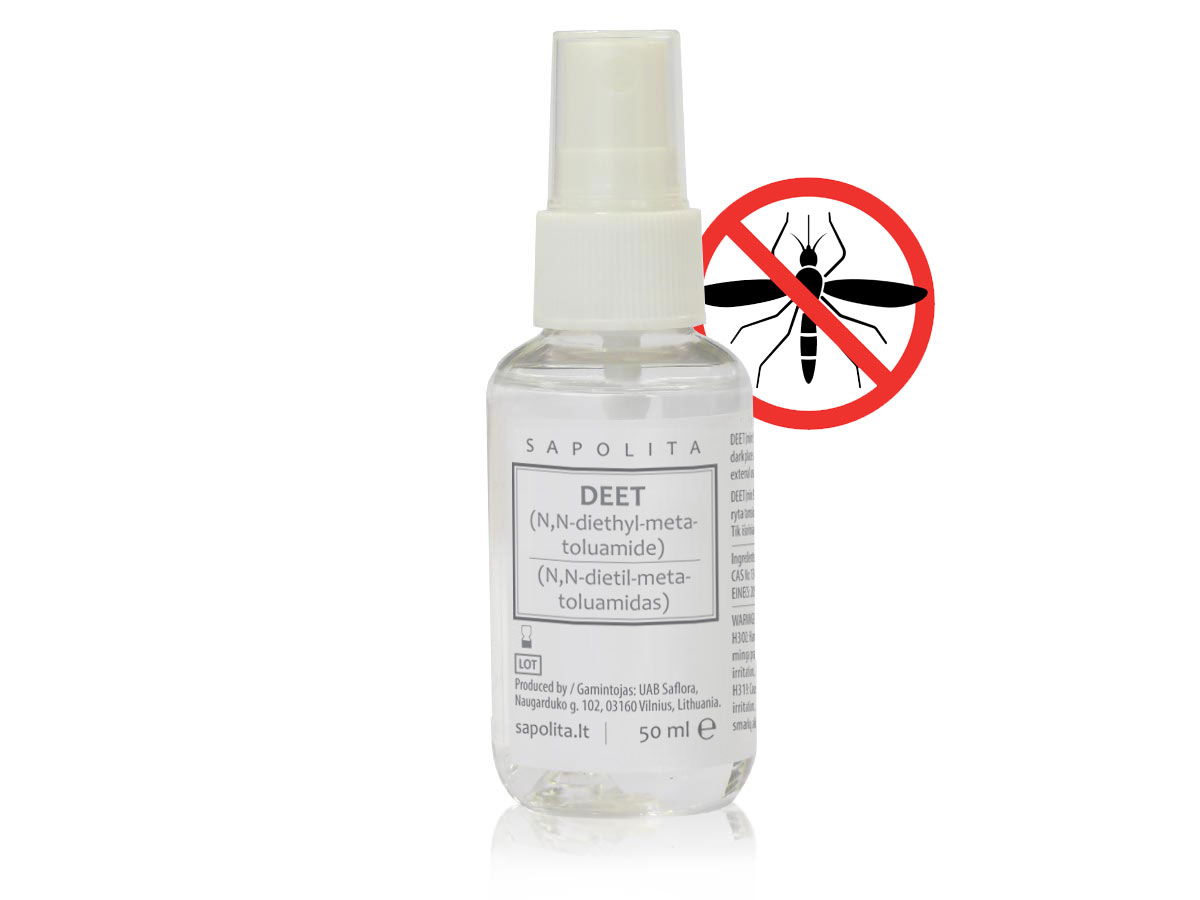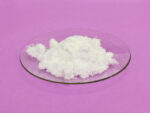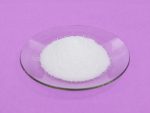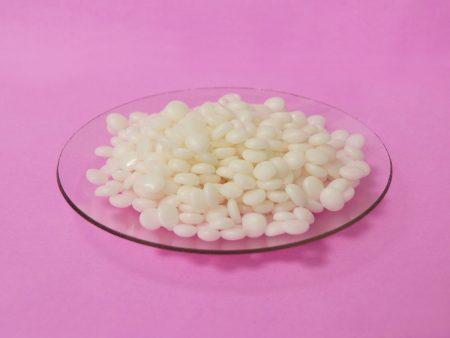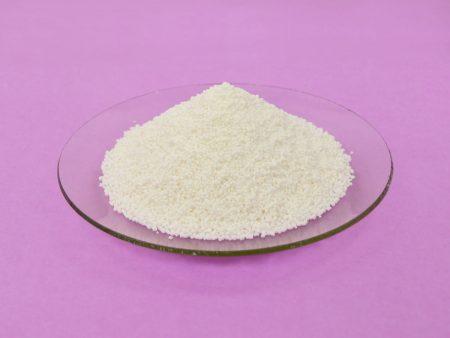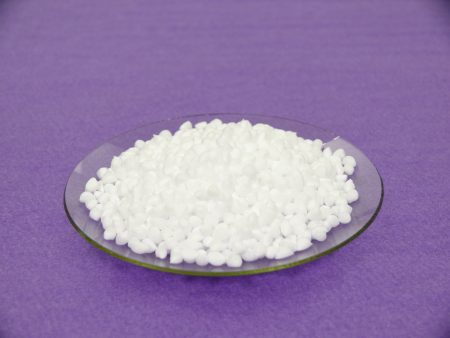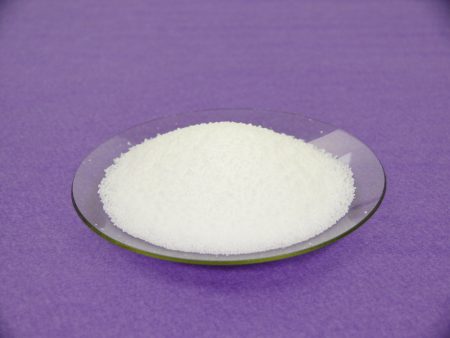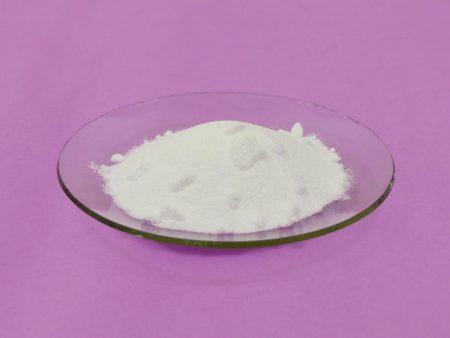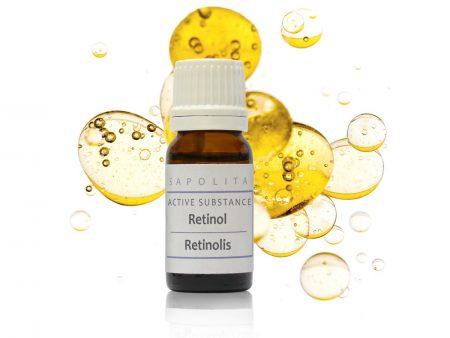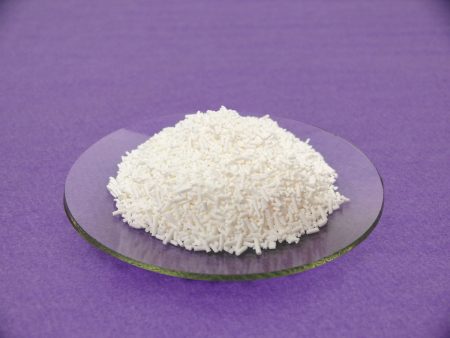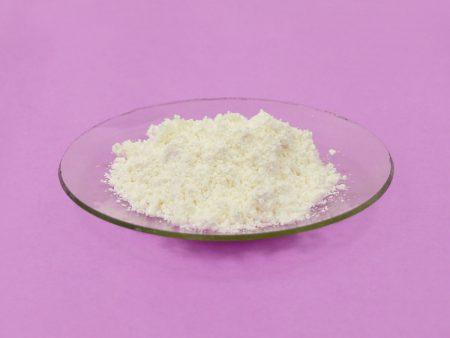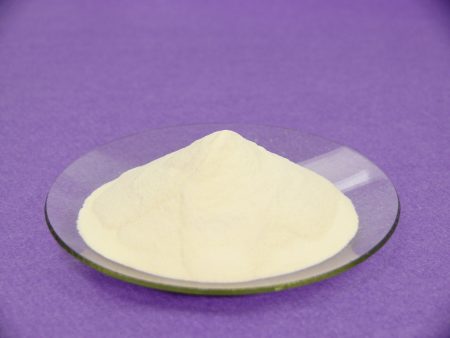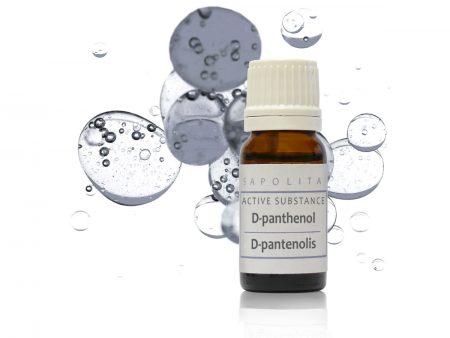DEET (pure, repellent)
€6,30 – €38,30
Pure N,N-diethyl-meta-toluamide (other name DEET), effective against mosquitoes, ticks, fleas and flies.
- Delivery & ReturnWe offer reliable shipping worldwide, and in EU we deliver directly to door, to your home, office or another place!
Shipping methods
LOCAL PICK UP - Naugarduko str. 102, Vilnius (FREE).
SENDING VIA POST:
EXPRESS DELIVERY BY COURIER, only for EU countries:Country Price < 0.5 kg, € + € per 0.5 kg Luxembourg, Germany, Austria 6.55 1.30 Poland, Hungary, Estonia, Latvia, Finland, Sweden, France, Czech Republic, Romania, Switzerland 6.45 2.80 UK, Netherlands, Ireland, Denmark, Belgium, Greece, Norway, Italy, Island, Portugal, Slovakia, Bulgaria, Slovenia, Spain 8.35 3.05 Malta, Croatia, USA, UAE 12.55 8.95 Other countries 16.45 14.40
SENDING TO PARCEL TERMINALS:Country Price € < 2kg + € per additional weight Lithuania 5.60 1.7/5kg Latvia 11.20 2.55/5kg Estonia, Poland 13.40 3.65/5kg Finland, Portugal, France, Romania 15.95 0.2/1kg Germany, Belgium, Denmark 10.55 0.15/1kg Croatia, Luxembourg, Hungary, Slovakia, Netherlands, Czech Republic 12.35 0.15/1kg Slovenia, Austria, Bulgaria 14.25 0.15/1kg Greece, Sweden 19.65 1.15/1kg Italy, Spain, Ireland 18.95 0.2/1kg Countries Omniva, € Smartpost, € Venipak, € Lithuania 3.50 2.50 free > 40€ 2.70 free > 45€ Latvia 5.60 4.00 free > 70€ 3.70 free > 60€ Estonia 6.60 4.10 free > 70€ 4.30 free > 70€ Finland - 8.90 - - Ask a Question
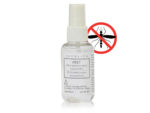
DEET (pure, repellent)
€6,30 – €38,30Ask a Question
DEET is an active ingredient in repellents that is widely used to repel blood-sucking insects such as mosquitoes and ticks. DEET is so popular that it is included in almost half of all products (lotions, sprays, liquids and impregnated substances) in the European Union and the US market. There are products that are registered for use on the skin at concentrations from 5 to 99%. Excluded are veterinary and food products with which DEET is not compatible in any way.
DEET is intended for direct application to human skin to repel insects. The substance itself does not kill the insects, but rather disorients and reduces their sense of smell, making it harder for them to smell us. DEET was created in 1946 and has been widely used as a repellent since 1957.
According to research by the US Environmental Protection Agency in 2014, DEET is not considered to pose a risk to human health, including children as many people use products with DEET as intended, following the instructions for use. No toxic effects have been observed after DEET applied to the skin.
How to safely use products with DEET?
– do not apply on wounds or irritated skin
– do not apply on small children’s hands and the skin of the ears and mouth area
– do not allow small children to use the product by themselves
– use only on exposed skin and clothing where necessary
– do not use under clothes
– do not use too much
– after returning to the room, wash the stained areas with soap and water
– wash clothes before further use
– do not spray indoors
– do not spray the product directly on the face. First, you need to treat your hands and spread your hands over your face
In children’s products, DEET has no concentration or age restrictions. The most important thing remains responsible use according to the rules.
If you notice an allergic skin reaction, you should stop using the product with DEET and wash the area where the product was used with soap.
Pure DEET leaves a greasy feeling on the skin and can dissolve synthetic fabrics, so it is usually not used pure but in solutions. It is considered that at concentrations above 50% the time during which the protection remains effective does not increase more and at a concentration of 50-100% DEET is up to 12 hours, 20-34% DEET provides 3-6 hours of protection. UK National Health Center recommends that its citizens use products with a DEET concentration of at least 50% when visiting areas with malaria. For children, they recommend a 10% concentration.
DEET does not dissolve in water, so to prepare the repellent, the desired concentration can be dissolved in alcohol (e.g. isopropanol) or oils.
Ingredients: N,N-diethyl-meta-toluamide.
Purity: min 99.5%
CAS No: 134-62-3
EC No: 205-149-7
Documents:
SPECIFICATION DEET v2.pdf
SDS DEET v2.pdf
N,N-Diethyl-meta-toluamide LOT BYH241, NMR H1 spectrum, CDCl3, 400 MHz.pdf
Related Products
A natural conditioning additive made from herbal raw materials for hair care products.
The anionic surfactant is made from coconut oil. Suitable for making of shampoos and other rinse-off cosmetics.
A very hard wax with a high melting point, used in lip balms and as a texture-regulating additive for mascaras.
Vegetable co-emulsifier or consistency control ingredient for O/W emulsions of high purity.
It is an O/W (oil-in-water) emulsifier of vegetable origin which distinguishes itself by his good skin compatibility.
The emulsifier is made of PEG-free raw material of plant origin for O/W (oil in water) type emulsions.
Niacinamide, also known as nicotnamide or vitamin B3, is an active additive in cosmetics used primarily to care for acne-prone and aging skin.
This form of retinol is intended to enrich cosmetic products, it is a highly effective on the skin.
Food grade effective preservative active against molds, yeast and aerophile bacteria.
Ascorbyl palmitate is a stable, oil-soluble form of vitamin C.
Xanthan gum made from corn starch through the processes of culturing (by fermentation of Xanthomonas campestris bacterium), extracting, evaporating and grinding.
An active additive for skin and hair care products with a soothing and moisturizing effect. Perfect for damaged skin.

